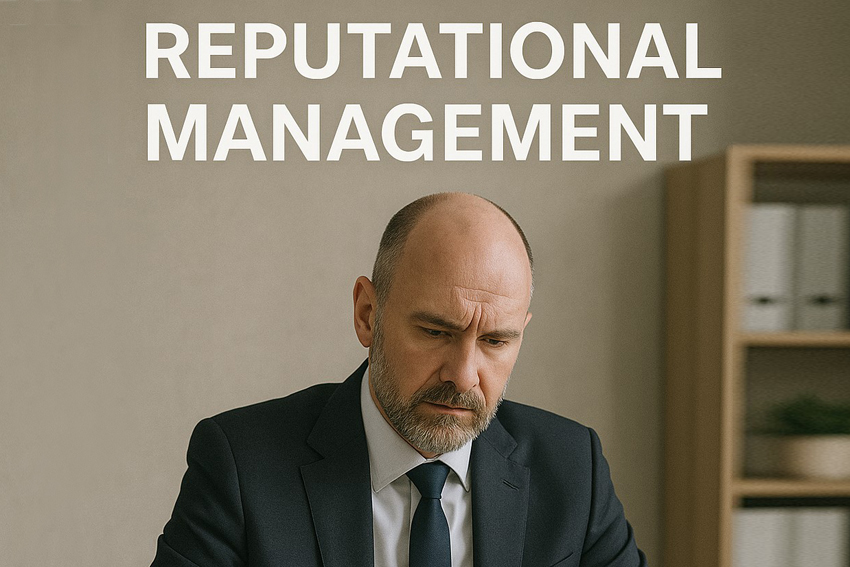Content Marketing: How to create user-friendly content for nonlawyers
Content Marketing: How to create user-friendly content for nonlawyers
By Edie Reinhardt
Lawyers are known for their wordy and technical writing and speaking style. While their legal practice may require that at times, it can be problematic when communicating with nonlawyers, especially when providing educational or marketing material. Clients and prospects aren’t interested in detailed and complicated explanations of the law. They want clear, concise, jargon-free language that focuses on the key points they need to know.
Translating complex topics into interesting, user-friendly content isn’t always easy. But there are tactics that can help.
- Focus on the audience: What does the ideal reader/listener care about? How much do they understand about the nature of their problems and possible legal solutions? It is critical to keep the target audience’s level of knowledge and education in mind, including familiarity with legal terms. Further, where relevant, the content should employ terminology and language that readers/listeners use in their daily lives, business, or industry. That will make content more understandable and interesting as well as demonstrate that the attorney can relate to the reader.
- Discuss real problems:Often, lawyers write or speak about matters that are of little interest to clients and prospects. User-friendly content reflects clients’ real-world questions, interests, and concerns. Save the technical legal discussions for other lawyers and focus on practical issues that clients need and want to know about.
- Get to the point: Clients often don’t care or have to know about every detail of a case, statute, or legal issue. Providing too much information is uninteresting, overwhelming, and confusing. Identify the important issues and takeaways. If there are readers who want more information, attorneys can create separate in-depth content that meets those needs.
- Be clear and concise.Walk the reader through each point in a systematic way. Keep sentences short. When there are exceptions or provisos to a general legal rule, explain them in separate sentences, bullets, or another way. Don’t write one very long sentence that’s hard to follow.
- Avoid legal jargon:Using legal terminology when plain language will suffice is off-putting. However, if technical terms are needed for accuracy, make sure to explain what they mean as simply as possible.
- Don’t overuse legal citations: Non-lawyers aren’t likely to look up a statute or case. They want an attorney to summarize the pertinent points. As a result, don’t overwhelm readers with citations. Use them only when necessary and provide a link to the source material for those who want more information.
- Provide examples:Using examples, case studies, or stories to explain legal concepts makes them relatable and easier to understand. They also tend to be more impactful and memorable because readers/listeners can envision the real-life implications.
- Organize information effectively:A large block of text can intimidate readers. Use headings, subheadings, and bullet points to break up text and organize it in a way that makes it easier to digest. Creating divisions also enables readers to scan content more easily and zero in on the most important points. In giving a presentation, develop PowerPoints that follow these rules, structure your discussion of the topic, and avoid unnecessary tangents.
- Use visuals:Video, infographics, charts, diagrams, and images can complement written content and enhance understanding. Studies show people are more likely to respond to and remember visual information compared to text. Putting text and visuals together gets the best results.
- Encourage questions:During a live presentation, regularly ask for questions. In written content, let readers know how to send comments or questions. Also, update the content as needed to incorporate feedback from the audience.
Creating interesting user-friendly content enables attorneys to demonstrate that they understand what readers/listeners want and care about giving them information in a form they can use. This builds confidence and trust in a lawyer’s expertise, which ultimately helps attract and retain clients.

Edie Reinhardt, Esq. is principal of RDT Content Marketing, which specializes in helping attorneys showcase their expertise and target their marketing to attract more clients. She can be reached at [email protected].
Share this story, choose a platform
Brought to you by BridgeTower Media
Free Weekly Newsletter
Recommended content
Reputational Management: Plan today for law firm lateral exits and client disputes
A law firm’s reputation is its greatest asset. How you manage client disputes, partner moves, or internal challenges can trigger [...]
How to create a law firm plan for 2026 that doesn’t die in a drawer
The key to an annual plan’s success: Make goals simple, achievable, and visible. Read more @ attorneyatwork.com
What is domain authority and how is it relevant for law firms?
Domain authority is a benchmark for a website’s overall strength and credibility. It predicts how highly a site will rank [...]
Stop forcing functional experts into people management jobs
Being proficient technically in the law does not necessarily give those lawyers the skills to properly manage people. Read more [...]






